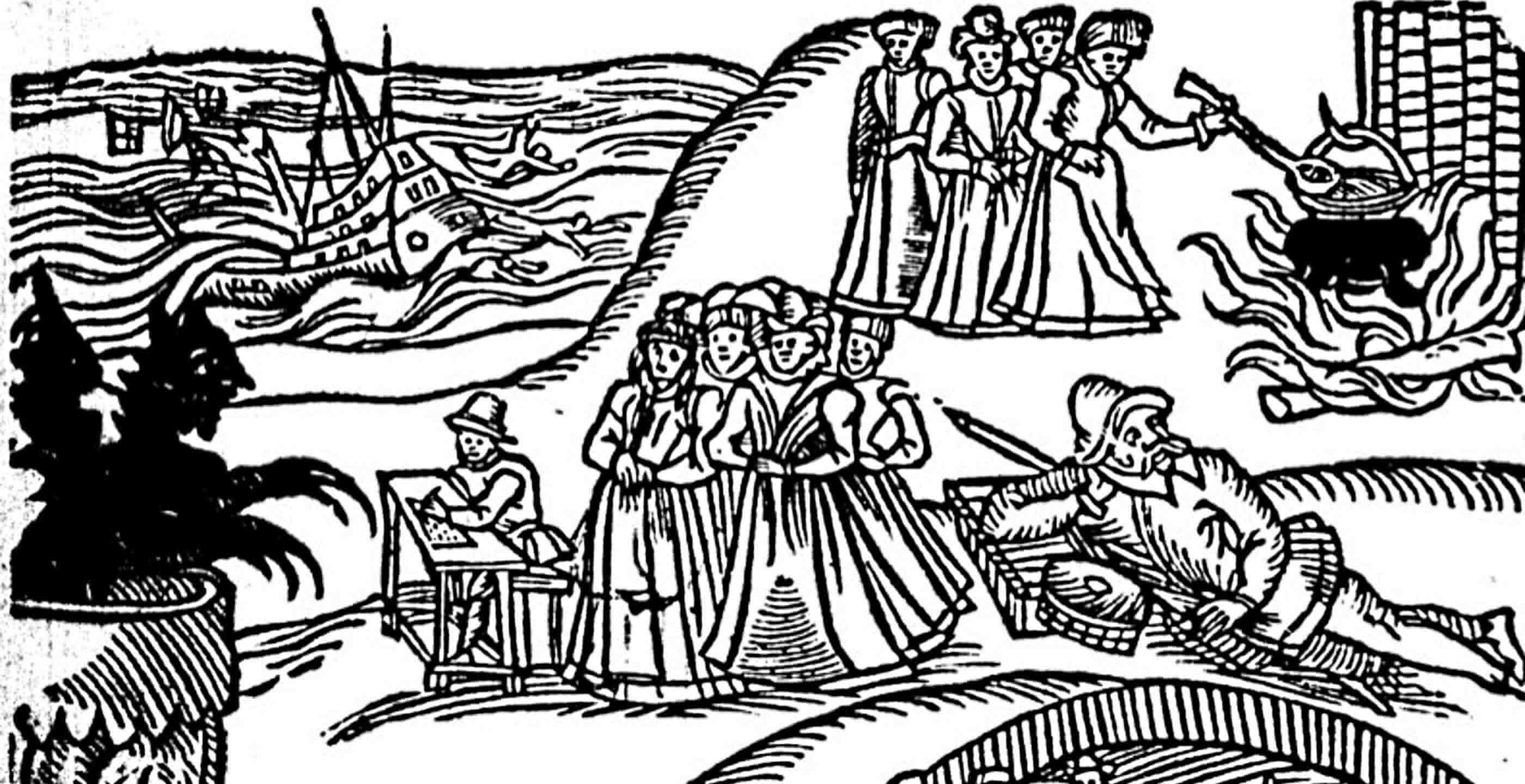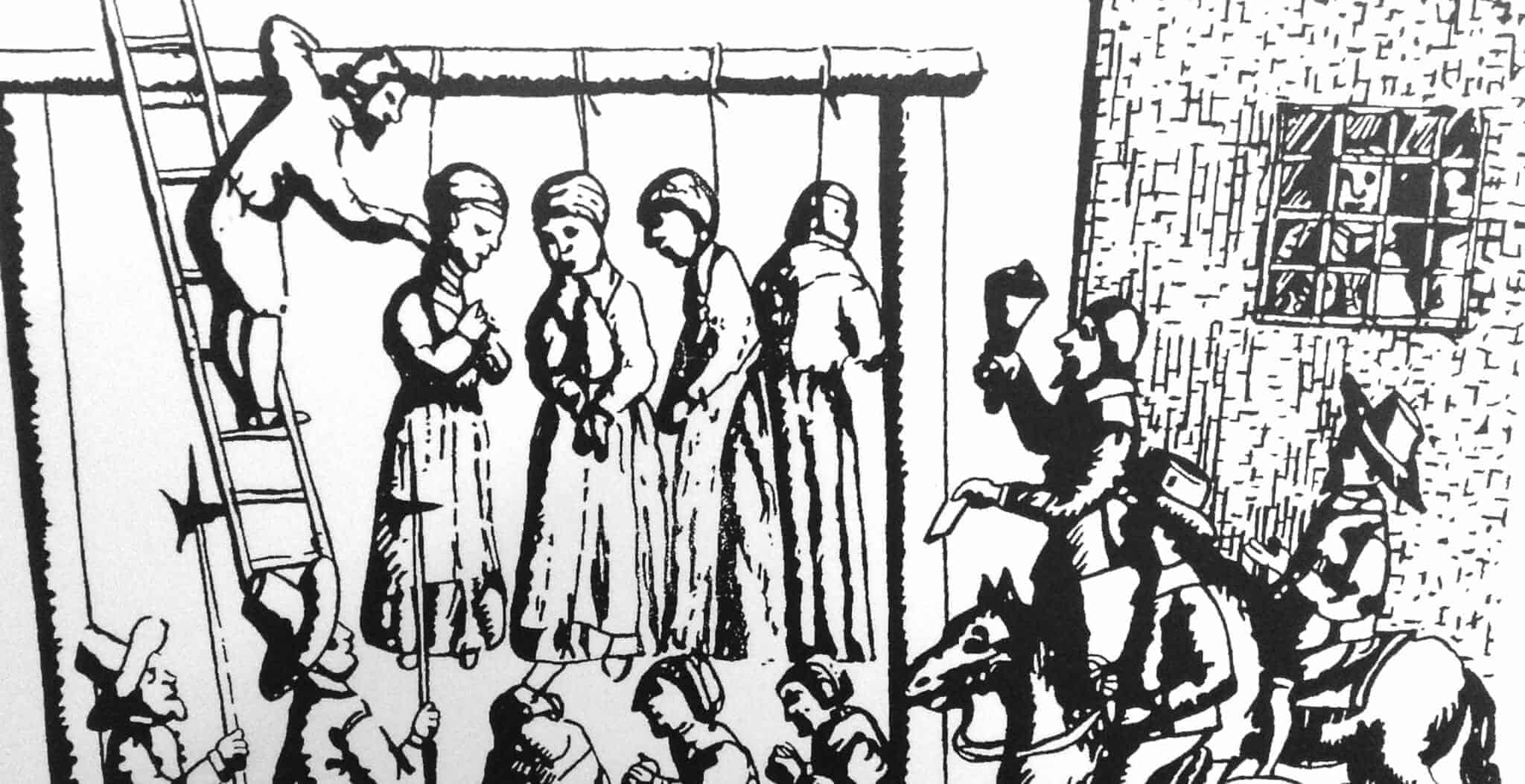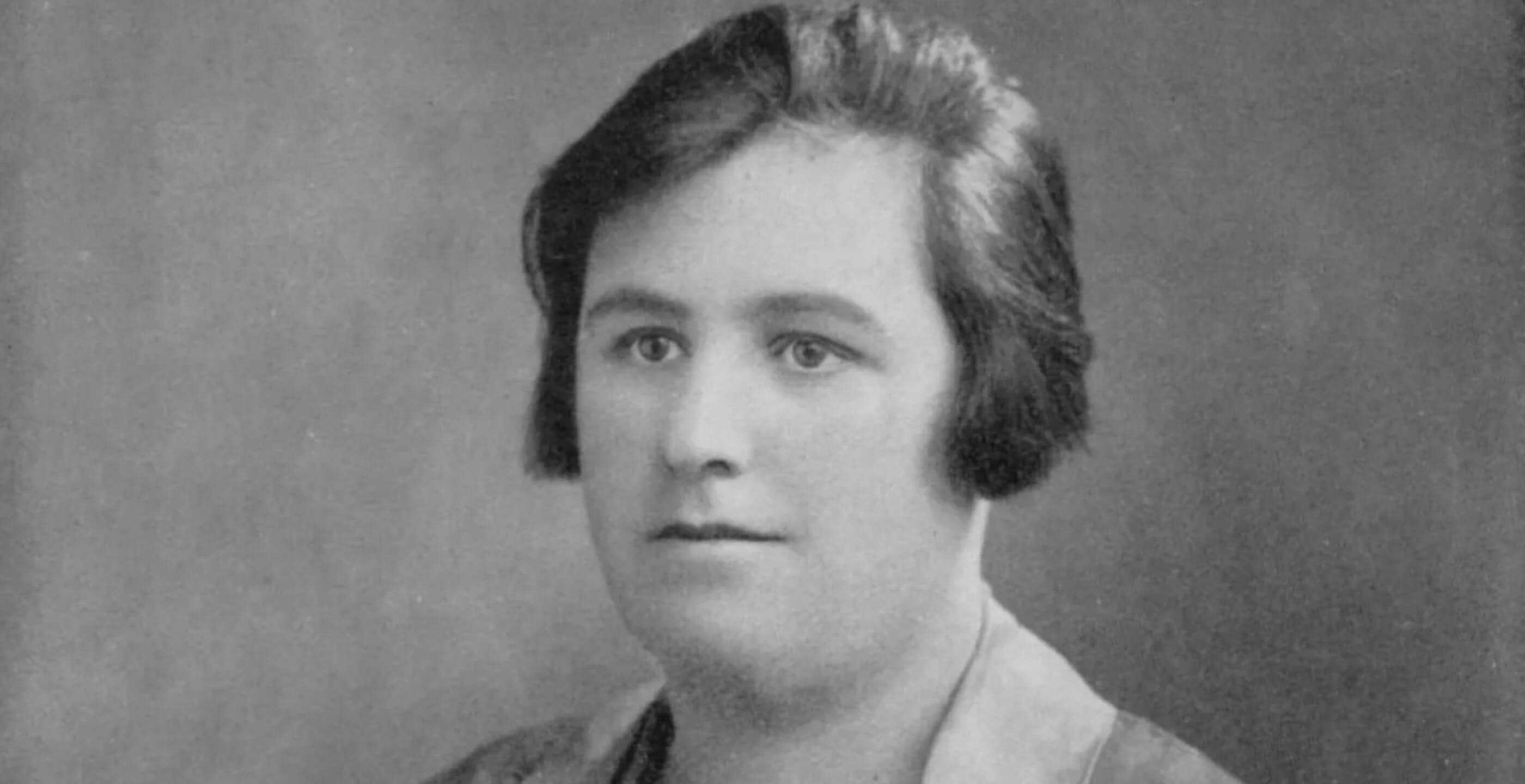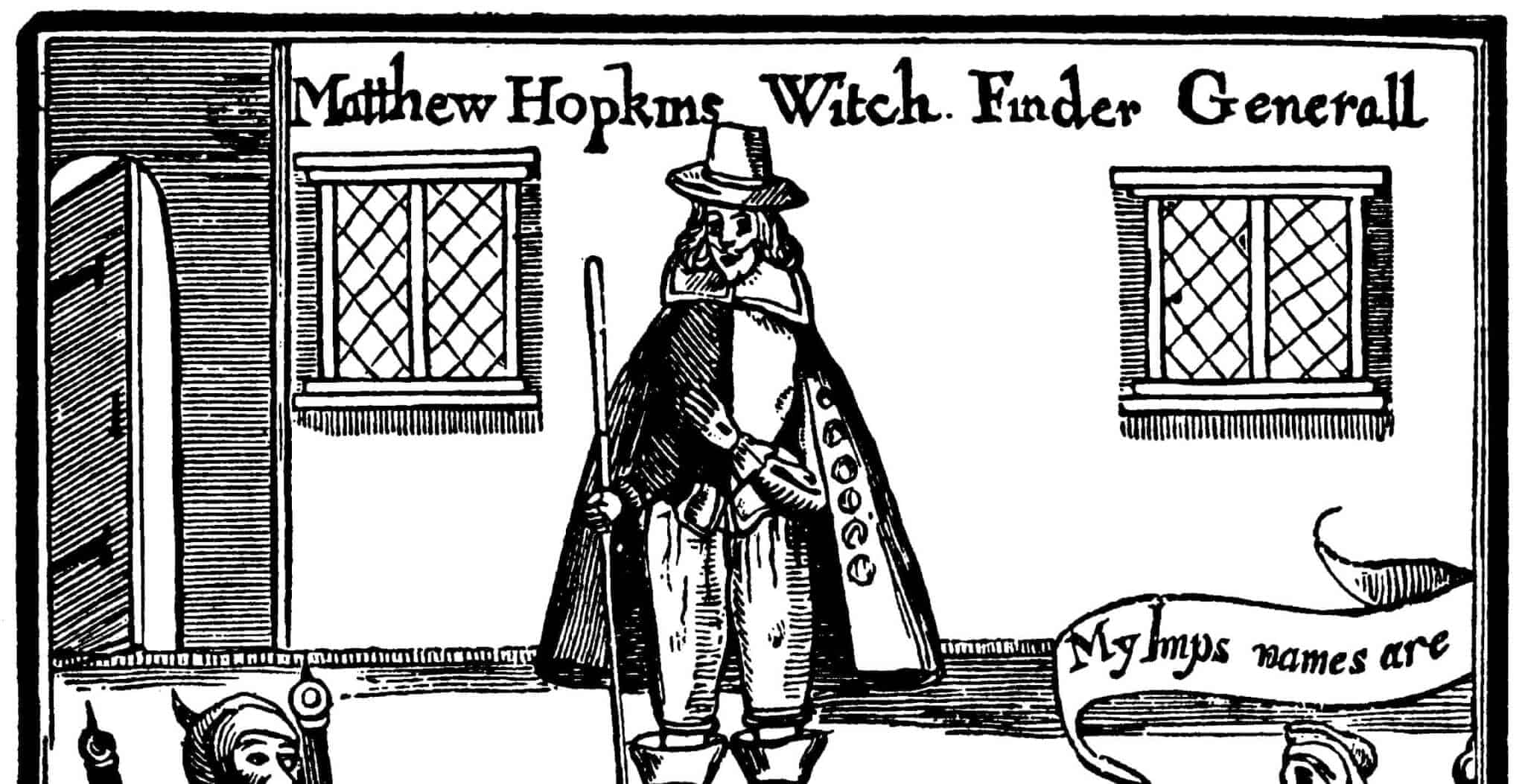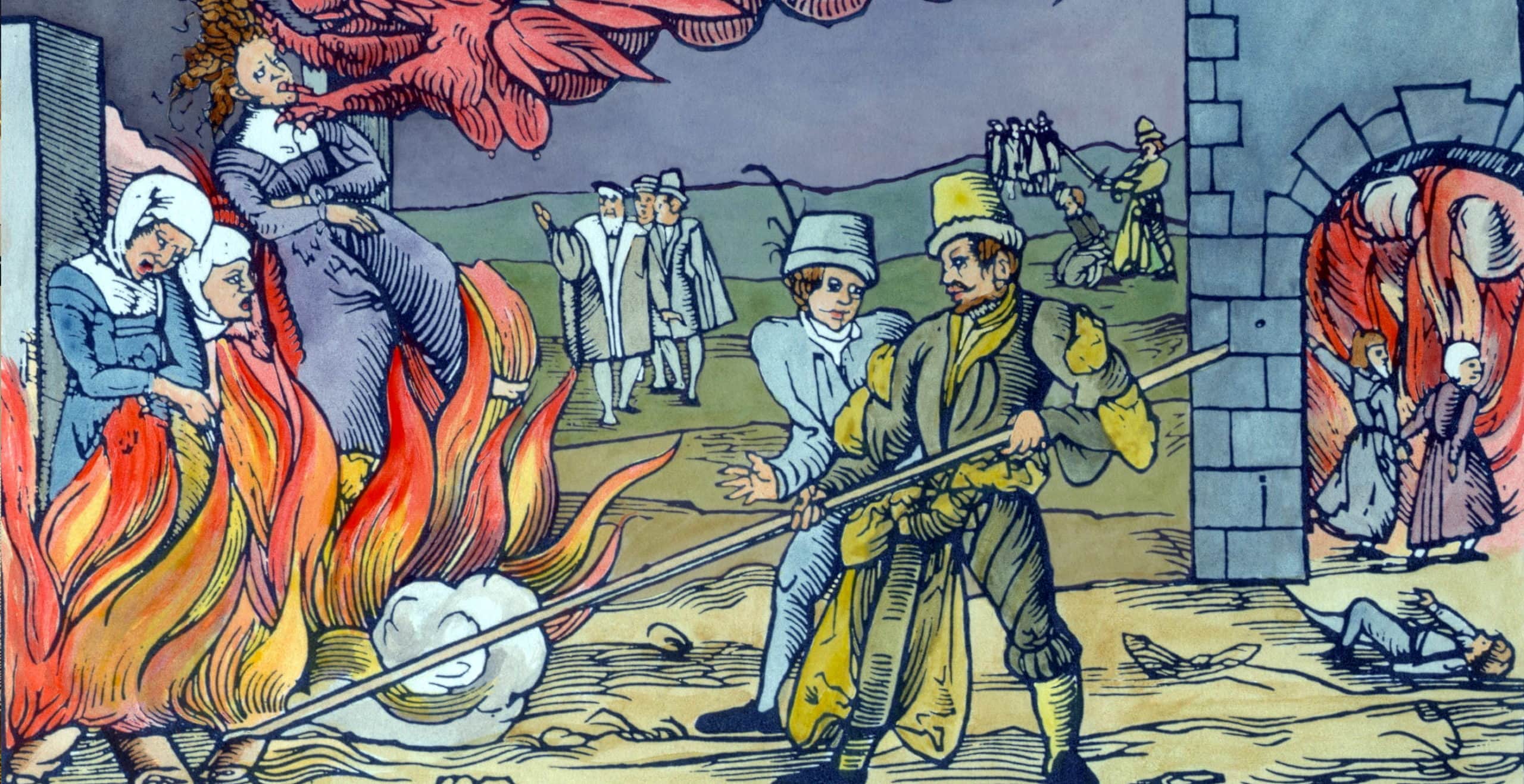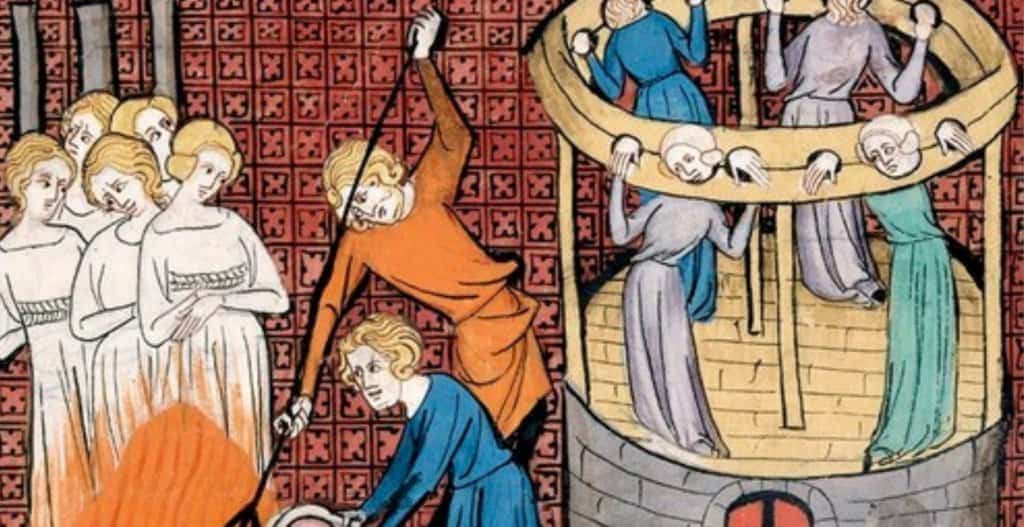In 1705, as a result of some wild stories told by a 16 year old boy, three people died and others were cruelly tortured.
Patrick Morton, the son of a local blacksmith, made allegations and accusations of witchcraft against some of his neighbours in the scenic fishing village of Pittenweem in the East Neuk of Fife, Scotland.

One of the accused was Beatrice Laing, the wife of a former town treasurer, who Patrick accused of sending evil thoughts to torture him.
No one thought to question his story, and Beatrice was incarcerated, alone, in a pitch dark dungeon. After five long months, and several trips to the torture chamber, she was freed, but died soon afterwards, alone and friendless, in St Andrews.
Another man accused by the boy was Thomas Brown – he starved to death in a dungeon.
The third person accused of witchcraft was Janet Cornfoot (Corphat). She managed to flee from her torturers only to return home and be re-captured. She was caught by a mob in Pittenweem on 30 January 1705 and beaten and dragged by her heels to the seafront.
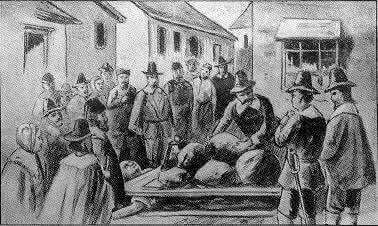
There she was swung from a rope tied between a ship and the shore, stoned, beaten severely, and finally crushed to death under a door piled high with rocks. To make absolutely certain that she was dead, a man drove his horse and cart over her body several times. Refused a Christian burial, her body was thrown into a communal grave at the spot known as “Witches Corner”.
Though all the others accused by the boy Patrick were eventually freed, and he was later exposed as a liar, the mob went unpunished and were never brought to justice.
Unbelievably, neither was Patrick Morton, who was responsible for all these terrible events.
